Stories are a powerful tool for inspiring action by creating human connection and emotional resonance. Well-crafted stories can communicate abstract and complex ideas in ways that encourage understanding and value connections. This is especially important in the nonprofit industry. Stories put a face or name on an organization and the communities and people it works with and for, bringing its mission to life and providing a glimpse into the lives of individuals or communities. These stories connect with emotions and can inspire people to act — to bring about change.
Nonprofit organizations have the ability to shift the dynamics in the development sector by bringing the right people and resources together to improve both the supply side and the demand side of the storytelling marketplace. With the rise of new and ever-evolving technologies, people are more connected to information than ever before. Nonprofit organizations are facing an unprecedented opportunity to harness the power of narratives to tell compelling stories and showcase their impact. However, the ubiquity of the digital world makes it a lot harder for nonprofit organizations, who are more likely to have limited access to resources to gather and curate compelling stories, to stand out among the crowd.
To address this, nonprofit organizations must use the right tools and technology they need to tell more and effective stories — those that get people invested and involved. The guide below explores answers to critical questions in five key areas, and suggests tools and resources needed to help organizations elevate the practice and impact of digital storytelling.
- STRATEGY: How can digital storytelling help nonprofit organizations advance their missions?
- Storytelling must be strategic. Social impact organizations often dive into storytelling without articulating clear goals, understanding the interests and motivations of target audiences, or setting measurable objectives. These strategic guidelines are necessary to craft effective content and design an engagement plan using appropriate platforms to reach the right people and mobilize them for the cause.
- CAPACITY: What resources and skills do individuals and organizations need to shape and share their stories?
- Effective storytelling takes skill. The most meaningful stories often come from people with authentic and insightful experiences to share, even though they may not be skilled storytellers. Storytelling professionals with specialized creative and technical skills know how to turn compelling stories into high-quality content, but few organizations have skilled storytellers on staff to create content for storytelling. While plenty of tools exist, organizations don’t know how to use and apply them.
- CONTENT: What are the elements of compelling and motivating stories?
- Stories must be meaningful. In today’s hypercompetitive media environment, people notice and share only the most compelling content. Compelling and motivating stories create emotional resonance and human connection while serving a strategic purpose, such as driving people to take meaningful actions. Stories for social impact must show people as active agents of change, who play a central role in creating solutions to the problems they face. This preserves their dignity, encourages empathy, and inspires support from others.
- PLATFORMS: What technologies are available (or needed) to help people curate, house and share stories?
- There’s no one-size-fits-all tool for storytelling. With the sheer number of tools and platforms in existence, social impact organizations struggle to understand which to use to most effectively engage the right audiences. Most organizations need guidance on best practices for utilizing common platforms; they also need access to data that can help them target the right audiences.
- EVALUATION: What simple, effective and meaningful metrics can be used to evaluate the effectiveness of digital storytelling?
- We can measure the impact of storytelling, but we often don’t. Organizations that evaluate the impact of their storytelling accurately can learn what’s working and enhance their outreach.
If you feel that your organization needs assistance with some of these areas, help is on the way. ASSIST Creativelab offers services that can provide for the overwhelming need for thought leadership, capacity building, and resources to strengthen storytelling in the field. Through strategic guidance and capacity-building tools, your organization can leverage the power of narrative and the reach of networks to extend your reach and enhance your impact.
Share your story with us!
Sources
Dal Lago, S. (n.d.). Breaking through the noise: Digital storytelling for social impact. Center for Social Impact Communication. Available from: https://csic.georgetown.edu/magazine/breaking-noise-digital-storytelling-social-impact/
The Rockefeller Foundation. (2014). Digital storytelling for social impact. Available from: https://www.rockefellerfoundation.org/wp-content/uploads/Digital-Storytelling-for-Social-Impact.pdf




